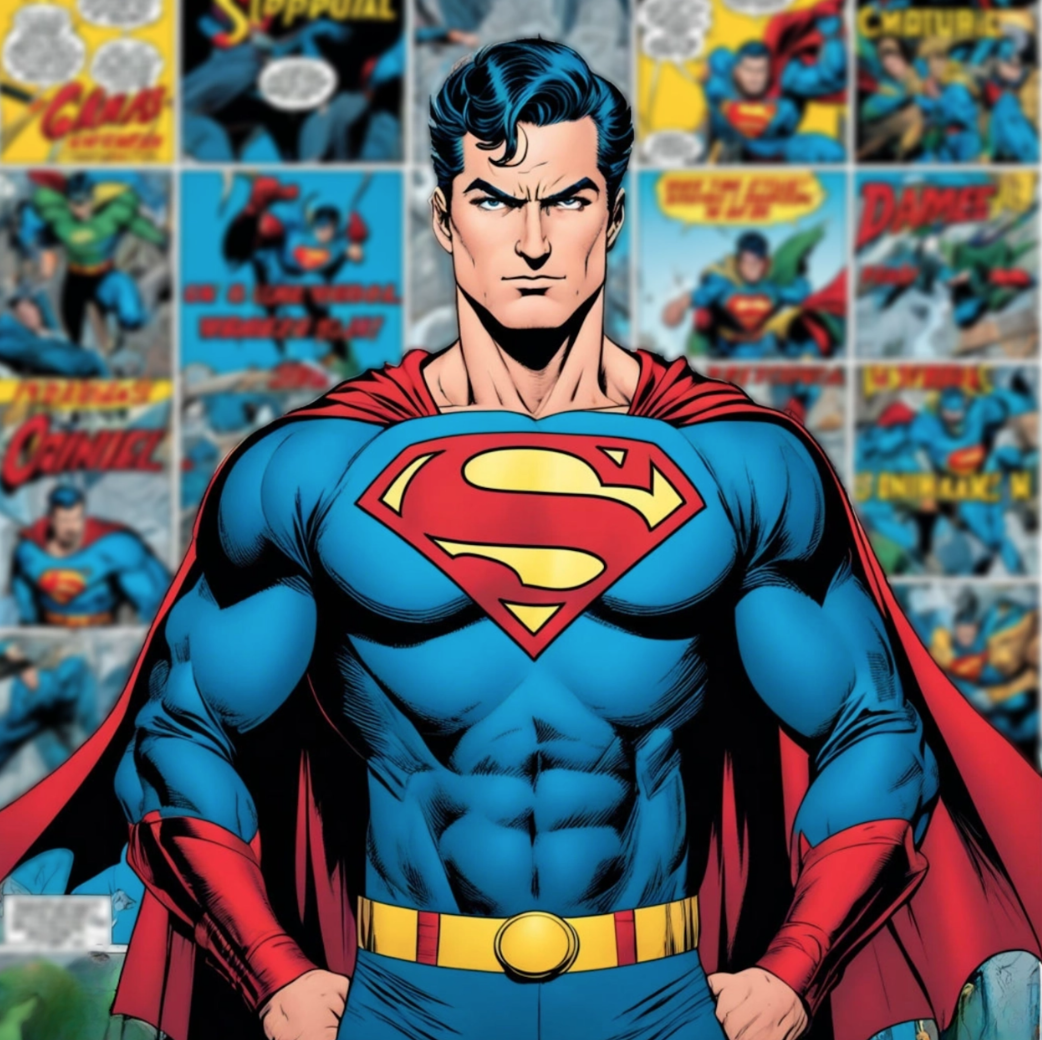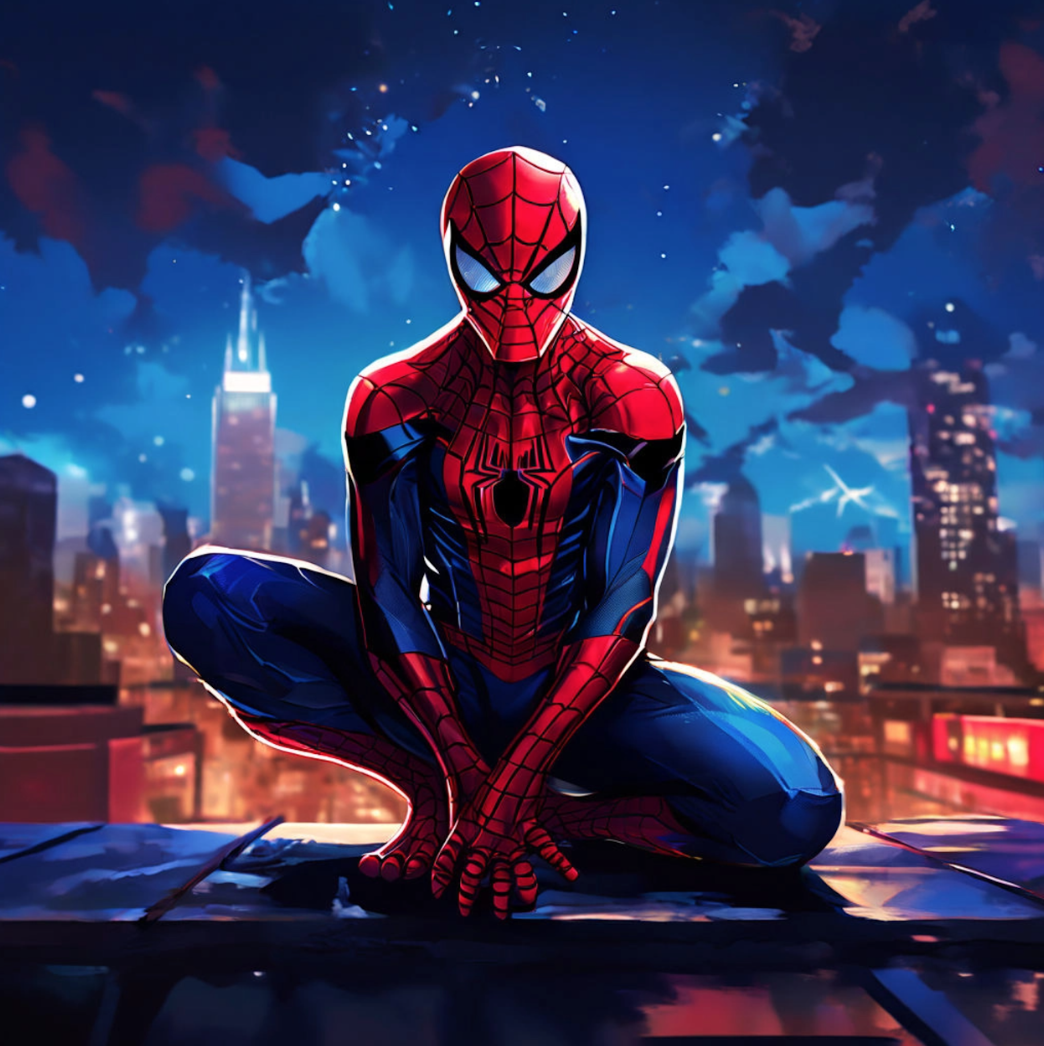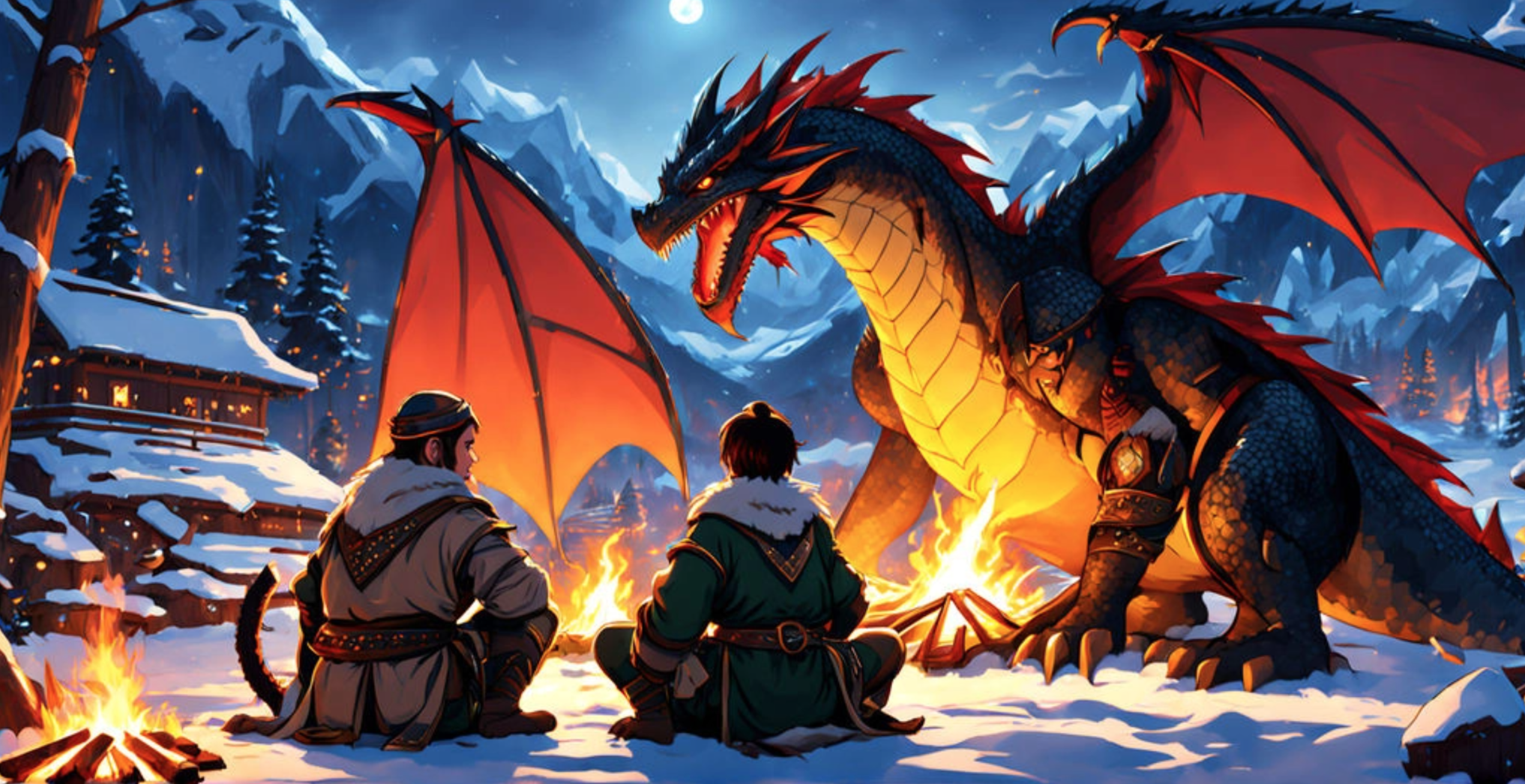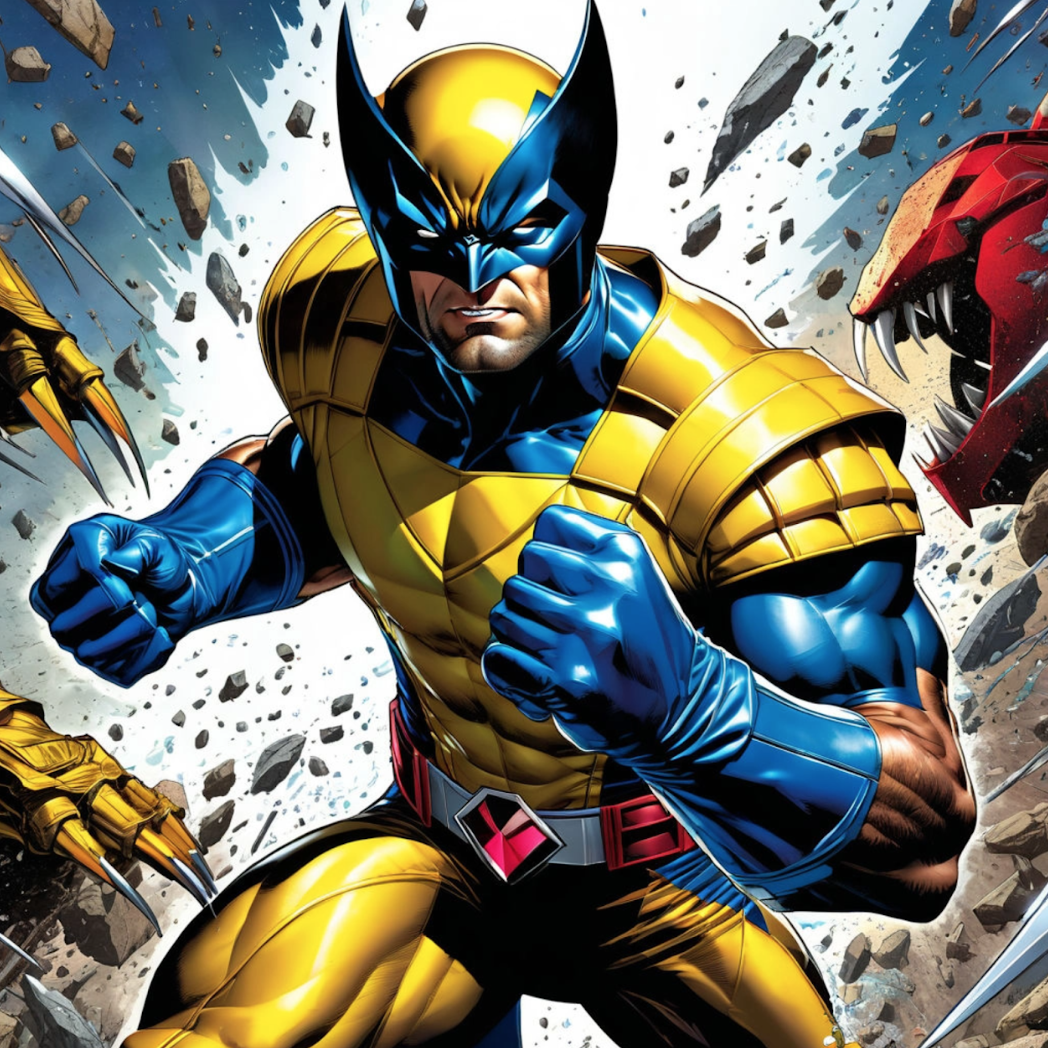Comic Book Panels 101: Design Captivating Pages & Hook Readers
Become a comic book creator! Learn panel types, page flow & layouts to craft engaging stories in stunning comic book panels.

Introduction to Comic Book Creation
Everyone believes capes are just for superheroes, isn’t it? Well, grab yours because we're about to fly into the comic book universe! Unleash your inner storyteller and bring your stories to life through the power of comic book panels. If you're looking to create your own comic character, check out Dashtoon's comic character maker.
Crafting your very own comic book is an exciting adventure that blends visual storytelling with imaginative narratives. This guide is your first step into a world where words and imagination are needed to create something unique. From the fundamentals of comic book panels to mastering page flow and layouts, get ready to turn your talent and creativity into visual tales.
Definition and Importance of Comic Panels in Storytelling
Comic panels are the fundamental building blocks of a comic book and a canvas where a storyteller’s idea comes to life. These panels are more than static images - they are tools that serve as snapshots and can capture action, dialogue, and expression. The skillful use of panels can influence the mood and emotional impact of the story and help readers immerse themselves in your stories.
Overview of Panels, Page Flow, and Layouts for Effective Comic Book Creation
It is crucial to understand that a balance between comic book panels, page flow, and layouts is essential to creating an effective comic book. Here is how you can maintain the synergy:
- Panels: Understand the different types of panels - plash pages, widescreen panels, and inset panels. Arrange them to control the story’s rhythm and timing.
- Page Flow: Explore page flow techniques that guide the reader's eye smoothly from one panel to the next.
- Layouts: Utilize diverse layout styles, from traditional grid-based designs to dynamic ones, to evoke the right emotions and keep the reader engaged.
Using these elements allows you to craft enthralling content that hooks readers from the first page to the last. For some inspiration on comic book design, check out Dashtoon’s blog on “Creating Your Own Comic Book Design”.
Encouragement to Experiment With Different Comic Panel Layouts for Storytelling
As a new writer, when embarking on a journey to write your comic book, it is important to remember that experimenting with different panels allows you to unlock your true potential. Try our different panels and layouts, like dramatic effects or subtle storytelling, to make your own comic book more enticing to read. Dashtoon's AI comic generator can help you bring your comic ideas to life with ease.
Understanding Comic Panels

It is important to understand the panels involved in crafting compelling visual content before one dives into the world of comic book creation. Panels are the building blocks that bring your stories to life, allowing you to create a comic book that captivates and engages readers. If you need help designing characters for your comic, try Dashtoon's free AI character generator.
Dynamic Frames in Comics: Role and Process of Using Panels
Comic panels serve as dynamic frames that can bring life to static images and turn them into vibrant narrative - capturing specific moments and actions. The placement of the panels creates a flow, and as you create your own comic book, remember the following:
- Selection: Choosing the right moment for each panel.
- Composition: Determining the layout that best conveys the scene’s emotion and action.
- Execution: Integrating art and text to enhance the storytelling.
Panel Types as Storytelling Tools: Close-ups, Action Shots, and Dramatic Silhouettes
In a comic book, each panel type serves as a powerful storytelling tool and skillfully combining these panels can captivate the audience. The different types of panels are:
- Close-ups: Focus on facial expressions or important objects that draw readers into the intimate details and expressions of your characters.
- Action shots: This panel captures high-energy sequences and dynamic scenes, immersing readers in the thrilling moments.
- Dramatic silhouettes: This panel uses strong backlighting and shadows to create mood and focus on form and posture without the distraction of detail. This style evokes a sense of mystery and intrigue, allowing the readers with room for interpretation.
By skillfully combining these panel types, comic book writers can create visually captivating and emotionally impactful stories for their readers.
Organizing Panels for Progression: The Significance of Gutters and Their Variations in Storytelling
Gutters are spaces used between comic panels and are a powerful storytelling tool for any writer. Gutters play a crucial role in the progression of your story and act as transitional spaces that allow readers to connect the visual dots, changes in perspective, or shifts in narrative focus. Variations in gutter width can:
- Control pacing: Narrow gutters speed up the narrative, while wider ones slow it down, allowing for dramatic pauses or scene changes.
- Enhance clarity: Consistent gutter widths create a smooth flow; varying them can highlight shifts in scene or time.
Types of Comic Book Panels

When it comes to creating your own comic book, understanding the various types of panels is necessary. Each comic book panel type offers unique storytelling possibilities and shapes the way readers interpret the story. Continue to read to understand the diverse range of panel types and their characteristics. For more insights on different comic book art styles, check out our blog “Exploring Different Webcomic Sites and Platforms”.
Layout Techniques for Comic Books
Starting the journey of creating your own comic book requires a deep understanding of layout techniques, as they can influence how the story is perceived. Different layout styles can be used in order to shape the visual flow, pace, guide the reader’s eye, or provide clarity to the storyline. Check out Dashtoon's comic library for inspiration on different comic book layouts.
Grid Layout: Division of Page Into Equal-sized Panels
The grid layout is a classic and organized comic book technique of panel arrangement. By dividing the page into equal-sized panels, the writer can establish a consistent rhythm and structure for the story. This layout helps in:
- Facilitating a straightforward storytelling flow.
- It is ideal for detailed narratives that require a steady and smooth pace.
- It helps maintain a clear and logical progression through the comic.
Staggered Layout: Use of Varying Panel Sizes for Emphasis
A staggered layout incorporates various comic book panels within a single page. This technique allows the writer to highlight specific moments, emphasize important actions, or draw attention to crucial details. Larger panels add greater visual weight, whereas smaller panels help in transition - by alternating these sizes, a writer can control the reading experience. This style enhances visual interest and breaks the monotony of uniform panels, hence influencing the storyline and making it more interesting.
Non-linear Layout: Dynamic Visual Storytelling With Unconventional Arrangements
Non-linear layouts push the boundaries of traditional comic book storytelling for a writer and offer a canvas for experimentation. This technique is free from all kinds of rigid panel arrangements, hence offering a creative and dynamic storytelling method. Non-linear layouts do the following:
- Encourages a more engaging and interactive experience for the reader.
- It is suited for complex stories that might jump between times or perspectives.
- Can be used to visually represent abstract concepts or chaotic events.
Crafting the Page Flow

Crafting a proper page flow while writing a comic book is paramount, and this helps in maintaining reader engagement. This aspect of comic book creation ensures that every panel and storyline flow effortlessly into the next part, immersing the audience in your visually enticing and easy-to-follow story.
Guiding the Reader's Eye Through the Comic Page Effectively
Ensuring an effective page flow is vital for a writer, where each panel leads the reader’s eye across the page. By strategically placing the panels, layouts, gutters, and flow - a writer can create a visual rhythm for a reader and keep them hooked on the story. In order to guide the reader’s eye smoothly, here is what you can do:
- Arrange panels in a way that naturally flows from one topic to the next.
- Use color and contrast to highlight important elements within panels.
Ensuring Panels Lead the Reader Left to Right and Down in Western Reading Patterns
Most readers around the world are used to following a left-to-right and top-to-bottom reader pattern. Aligning the comic’s layout to this reading pattern establishes a sense of clarity and ease of reading. In order to do so, the writers must follow:
- Start each major action or scene in the top left panel and progress towards the bottom right.
- Avoid placing key narrative elements in the bottom left corner of the page, where they might be overlooked.
- Use larger, dominant panels for crucial moments to draw the reader’s eye naturally.
Balancing Text and Visuals Within Panels
Maintaining a good balance between texts and visuals within a panel is pure art. Too much text can overpower the visuals, and similarly, too little text can leave readers confused. As a comic book writer, one needs to skillfully mix dialogue, narration, and visual elements together in order to enhance the overall reading experience. Balancing text and visuals is key to creating a comic book that is not only beautiful but also easy to read:
- Keeping the text concise allows the artwork to convey a part of the story.
- Use speech bubbles and captions effectively, ensuring they do not obscure important parts of the illustration.
- Maintaining a balance between dialogue and visuals to prevent overcrowded or scattered comic panels.
Enhancing Storytelling Through Panel Selection

When it comes to stepping into the world of comic book making, selecting the right panels is crucial, as it influences how the story unfolds and reader engagement. Understanding how to choose and use panels will elevate the narrative of your comic, ensuring that every page resonates with the reader. Continue to read more in order to understand more about panel selection.
Matching Panel Types With Story Pace and Genre
As mentioned earlier, choosing the right comic book panel type holds the power to influence the rhythm and emotional impact of the comic. For example, a fast-paced action sequence may benefit from a combination of irregular panels, diagonal layouts, and overlapping compositions - establishing a sense of energy. Similarly, a suspenseful thriller can benefit from the use of inset panels and dramatic silhouettes - building a sense of tension with each turn of the page. Careful consideration of these panels based on the genre can help the reader connect with the storyline and improve the overall experience.
The Benefits of a Versatile Approach to Panel Layout
Maintaining consistency while writing is essential, however, embracing versatility also helps unlock various storytelling possibilities. A skillful blend of regular grids and variations in panels can elevate the versatility of content while offering multiple benefits for comic book creators, like:
- It allows for creative expression in how the story is presented, breaking from conventional layouts to surprise and engage the reader.
- A flexible approach adapts to the narrative’s needs, enhancing storytelling through visual diversity.
- It keeps the reader’s experience fresh and exciting, encouraging them to stay engaged from one page to the next.
Innovating Comic Book Layouts

Innovating layouts in comic book creation is the key to crafting captivating and memorable narratives. As a comic book artist, you have the power to push boundaries and breathe life into your imagination. These innovations drive the narrative forward, making each page a discovery in itself.
Experimentation With Layouts, Shapes, and Lines of Panels
One of the most exciting aspects of comic book layout design is the freedom to experiment with various panel shapes, sizes, and arrangements. Exploring different layouts allows comic creators to experiment with the rhythm and pace of their storytelling. For instance:
- Mixed shapes can reflect varied emotional or action intensities.
- Curved lines might suggest fluidity or chaos, depending on their use.
- Asymmetrical layouts can enhance the dynamism of a story.
By experimenting with these elements, a writer can add a sense of movement, tension, and chaos to complement the tone and mood of the comic.
The Option to Forgo Frames for Highlighting Specific Scenes
While panels serve as the building blocks of comic book storytelling, sometimes forgoing frames altogether can enhance the impact of the storyline. This technique can be a powerful tool for establishing dramatic reveals, conveying a character's emotional state, or emphasizing a special event. Forgoing is important because:
- Frameless panels can emphasize the vastness or isolation of a scene.
- They can blur the boundaries between the story’s reality and the reader's space, making the experience more immersive.
- It can be used to signify memory, dreams, or other altered states of consciousness.
Conclusion
In conclusion, mastering the art of panels, page flow, and layouts is a crucial step in bringing your comic book visions to life. This blog talks about detailed techniques that a writer can follow to understand how content creation for comic books works. Through correct panel selection, innovative layouts, and an understanding of reading patterns - a writer can craft captivating narratives that resonate with the readers.
Encouragement to Start Creating Comics Using Diverse Comic Book Panel Layouts and Techniques
So, now is the time for you to unleash your creativity and dive into the world of comic book making. Make use of the various panel layouts and writing techniques to significantly influence the pacing of your content and the tone of the story. Using these tricks can genuinely impact the reader's experience and hook them into your storytelling.
Invitation to Explore and Innovate in Comic Storytelling
Embrace this opportunity to innovate your comic storytelling skills by exploring new layouts and strategic techniques to hold the attention of the right audience.
Still wondering where to start? Well, Dashtoon simplifies this journey with AI-powered tools that help you design your characters and choose the correct page layout. Using Dashtoon Studio, you only need to focus on curating amazing comics with your storytelling skills that stand out in the world of comics with Dashtoon.
Read Next: Creating Your Own Comic Book Design | Exploring Different Webcomic Sites and Platforms
